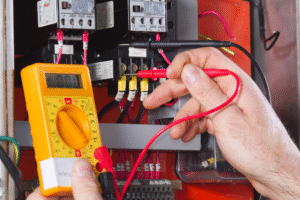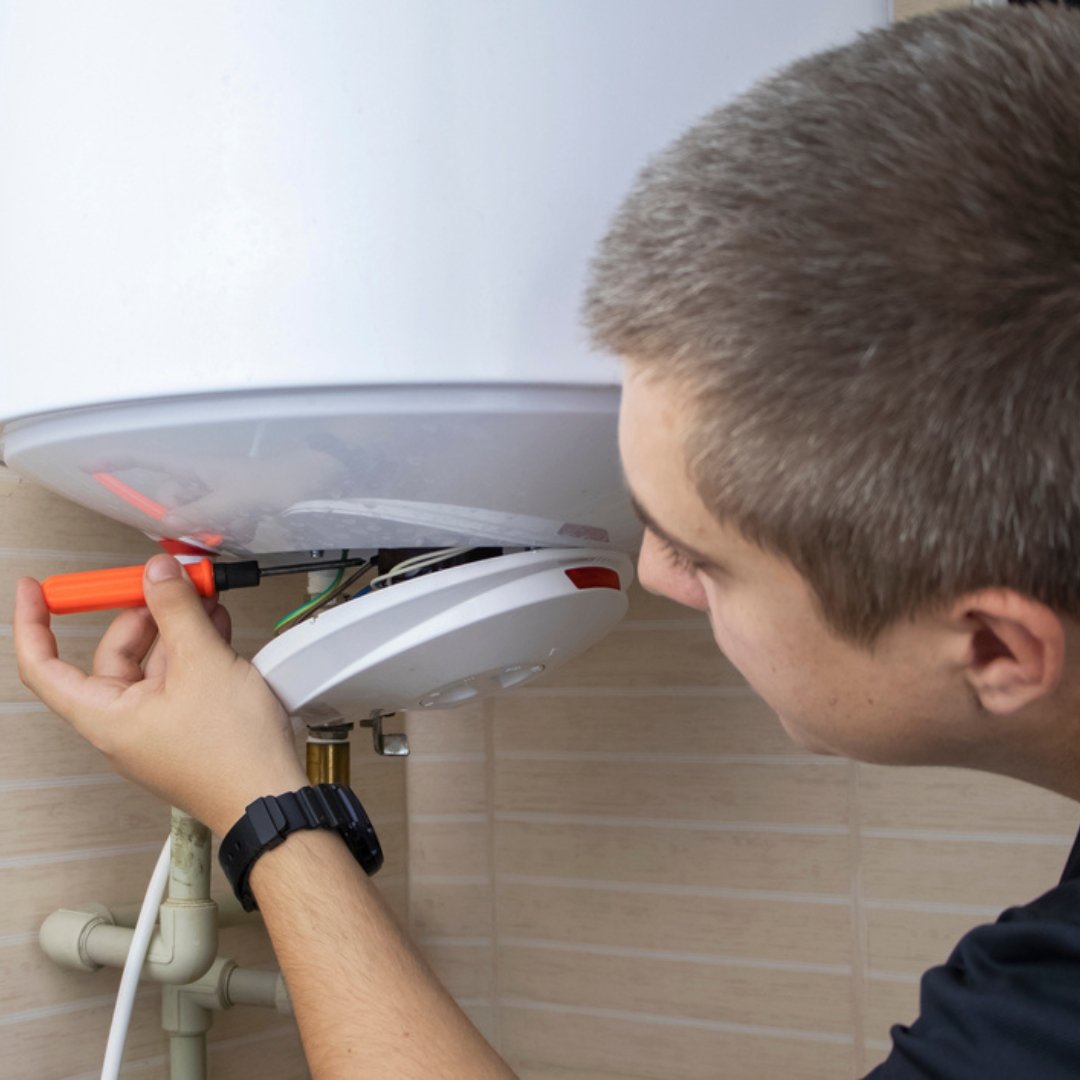PAT Testing for IT Equipment and Data Centers
In today’s fast-paced digital economy, IT equipment and data centers play a crucial role in keeping businesses connected, secure, and operational. From storing sensitive data to powering online transactions and internal systems, these infrastructures are the backbone of modern enterprises. With increasing reliance on technology, ensuring the safety and efficiency of IT hardware is more important than ever. One of the most effective ways to achieve this is through Portable Appliance Testing (PAT Testing). To Know More Click Here

What is PAT Testing?
Portable Appliance Testing, commonly referred to as PAT Testing, is the process of routinely checking electrical appliances for safety. The procedure involves two steps:
- Visual Inspection – Checking cables, plugs, and equipment for signs of wear, damage, or overheating.
- Electrical Testing – Using specialized testing equipment to check insulation resistance, earth continuity, and polarity to ensure the appliance is safe to operate.
While the term “portable” often makes people think of handheld devices, PAT Testing covers a broad range of electrical equipment—anything that can be moved and connected to a power source. This includes laptops, servers, printers, routers, cooling systems, and even UPS backups that support critical data center operations. To Know More Click Here

Why PAT Testing Matters for IT Equipment and Data Centers
Data centers and IT offices run on uninterrupted power and reliable connectivity. Even minor faults in electrical appliances can trigger costly disruptions. PAT Testing helps prevent these risks by:
1. Ensuring Electrical Safety – IT equipment operates around the clock, often under high load. Overheated plugs, damaged cables, or faulty connections can quickly become fire hazards. Regular PAT Testing detects these risks early, protecting employees and assets.
2. Maintaining Business Continuity – Downtime is the biggest threat to IT-driven organizations. A sudden power issue or electrical failure in a server or storage unit could halt operations, compromise customer trust, and cause massive revenue loss. PAT Testing helps avoid such disasters.
3. Compliance with Legal and Insurance Requirements – Many industries must comply with workplace safety laws and insurance requirements. Regular PAT Testing demonstrates due diligence, ensuring your organization remains compliant and protected in case of audits or incidents.
4. Protecting Sensitive Data – Electrical faults in IT hardware can lead not only to equipment failure but also to data corruption or loss. By ensuring stable power and safe equipment, PAT Testing indirectly safeguards your critical information.
5. Extending Equipment Life – Early detection of minor issues—such as frayed cords, loose plugs, or overheating—prevents bigger failures, reducing repair and replacement costs while extending the overall lifespan of expensive IT infrastructure. To Know More Click Here

What IT Equipment Should Be PAT Tested?
While almost all electrical devices in IT environments benefit from PAT Testing, the following are high-priority categories:
- Servers and Storage Devices – Continuous operation makes them highly vulnerable to power-related faults.
- Networking Equipment – Routers, switches, and firewalls that ensure connectivity.
- Power Supply Units and UPS Systems – Critical for backup during outages; any failure here can cause massive downtime.
- Cabling and Power Leads – Cords, extension blocks, and connectors often show wear and tear first.
- Cooling Systems – Air conditioning units and fans, essential for maintaining server room temperature.
- Office IT Equipment – Desktops, monitors, printers, and phones, used daily by employees.
Best Practices for PAT Testing in Data Centers
Implementing PAT Testing effectively in IT environments requires careful planning. Here are some best practices:
1. Create a Testing Schedule – High-use and high-risk equipment (like servers and UPS units) should be tested more frequently, while low-use devices can follow an annual schedule.
2. Use Certified Professionals – Engage qualified PAT Testing engineers with calibrated tools and knowledge of IT environments. They can perform thorough inspections without causing unnecessary disruption.
3. Plan for Minimal Downtime – Schedule testing during maintenance windows, weekends, or low-traffic hours to prevent operational interruptions.
4. Maintain Accurate Records – Keep logs of all inspections, test results, and corrective actions. These records not only help with compliance but also serve as a valuable reference for future maintenance.
5. Combine with Preventive Maintenance – Integrate PAT Testing into broader facility management plans, including HVAC checks, fire suppression system tests, and physical security audits.

The Risks of Ignoring PAT Testing
Neglecting PAT Testing can lead to severe consequences, such as:
- Fire Hazards – Electrical faults are one of the leading causes of workplace fires.
- Unexpected Downtime – Unchecked faults can crash servers or entire networks.
- Data Breaches – A sudden failure can expose systems to data corruption or cyber vulnerabilities.
- Legal Liability – Failing to comply with safety regulations may result in fines or legal action.
- Financial Losses – Replacing damaged hardware or recovering from downtime can cost thousands, if not millions, of dollars. To Know More Click Here

Conclusion
In IT-driven businesses, where even a few minutes of downtime can have major consequences, PAT Testing is not just a regulatory requirement—it’s a critical safeguard. By ensuring the electrical safety of servers, storage units, networking devices, and support systems, organizations can prevent accidents, reduce risks, and protect both people and data. For IT departments and data centers, investing in regular PAT Testing means investing in safety, reliability, and uninterrupted business performance. In an era where technology drives growth, ensuring the health of your electrical systems is the foundation of long-term success.
SafeTag – Your Safety Partner in New Zealand
Ensure workplace safety and compliance with SafeTag’s professional testing services. We offer certified solutions for Electrical Testing & Tagging, RCD Testing, Microwave Leakage Testing, and Portable Appliance Testing (PAT). Trust our experts for hassle-free, on-site service tailored to your business needs.




